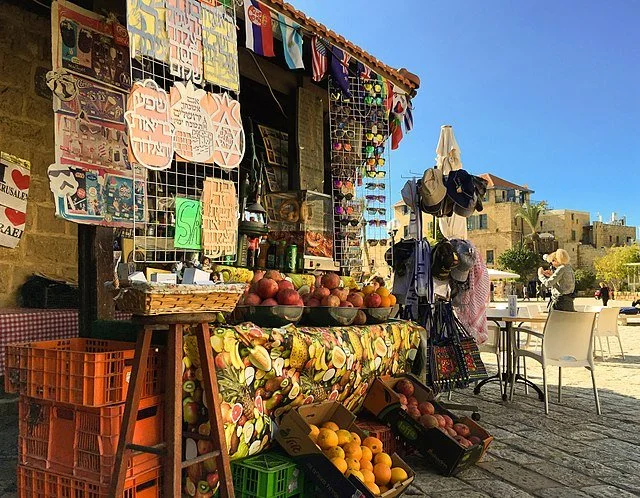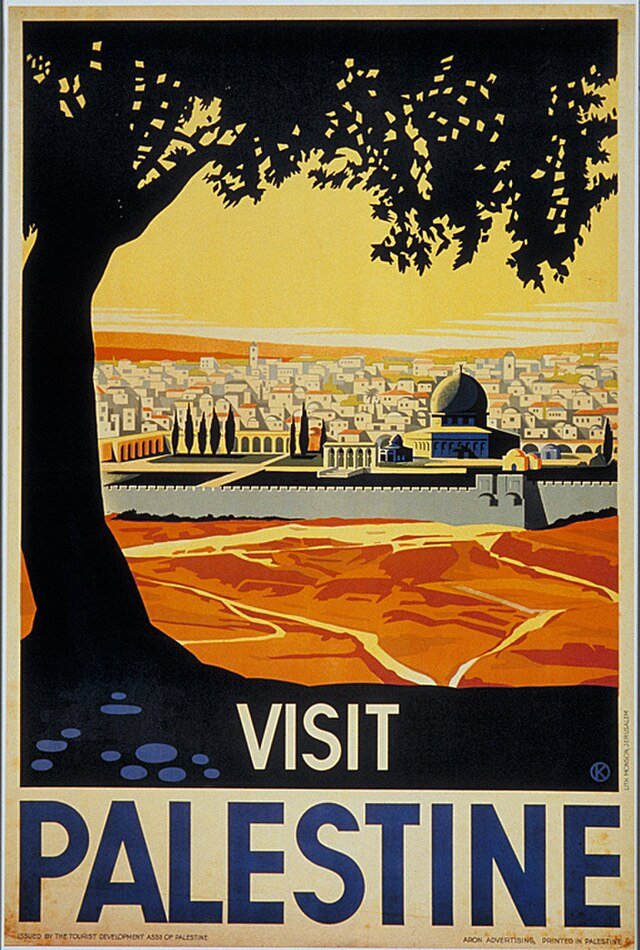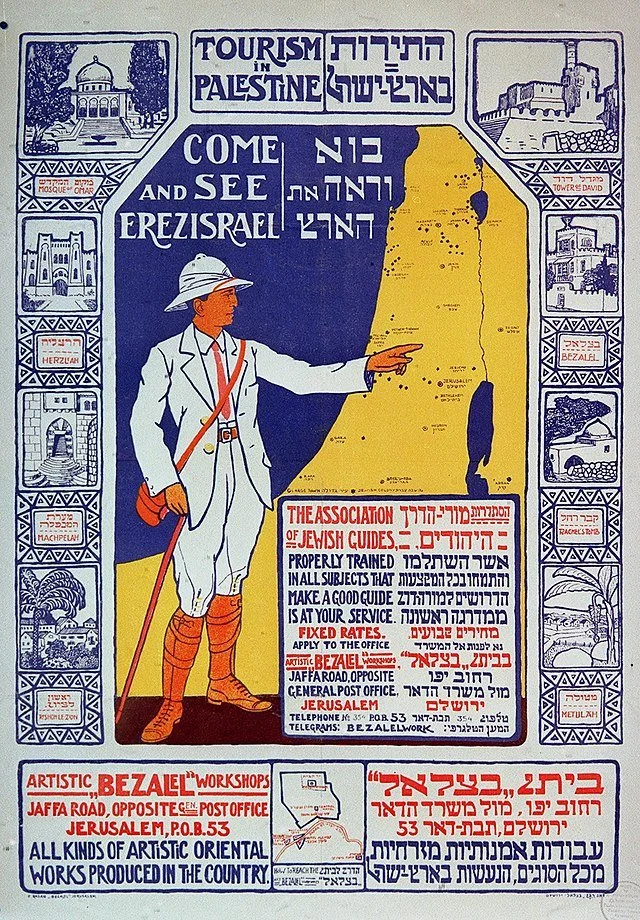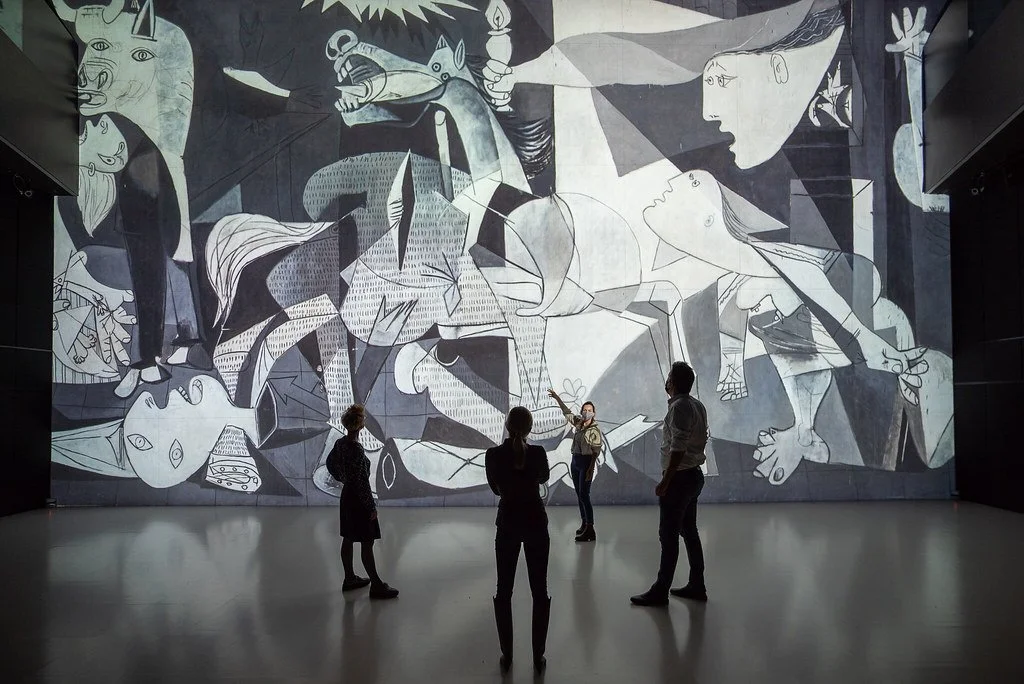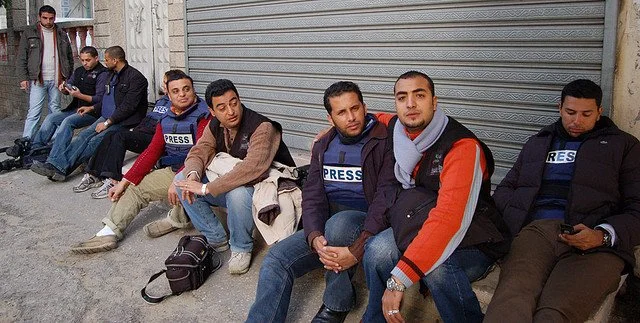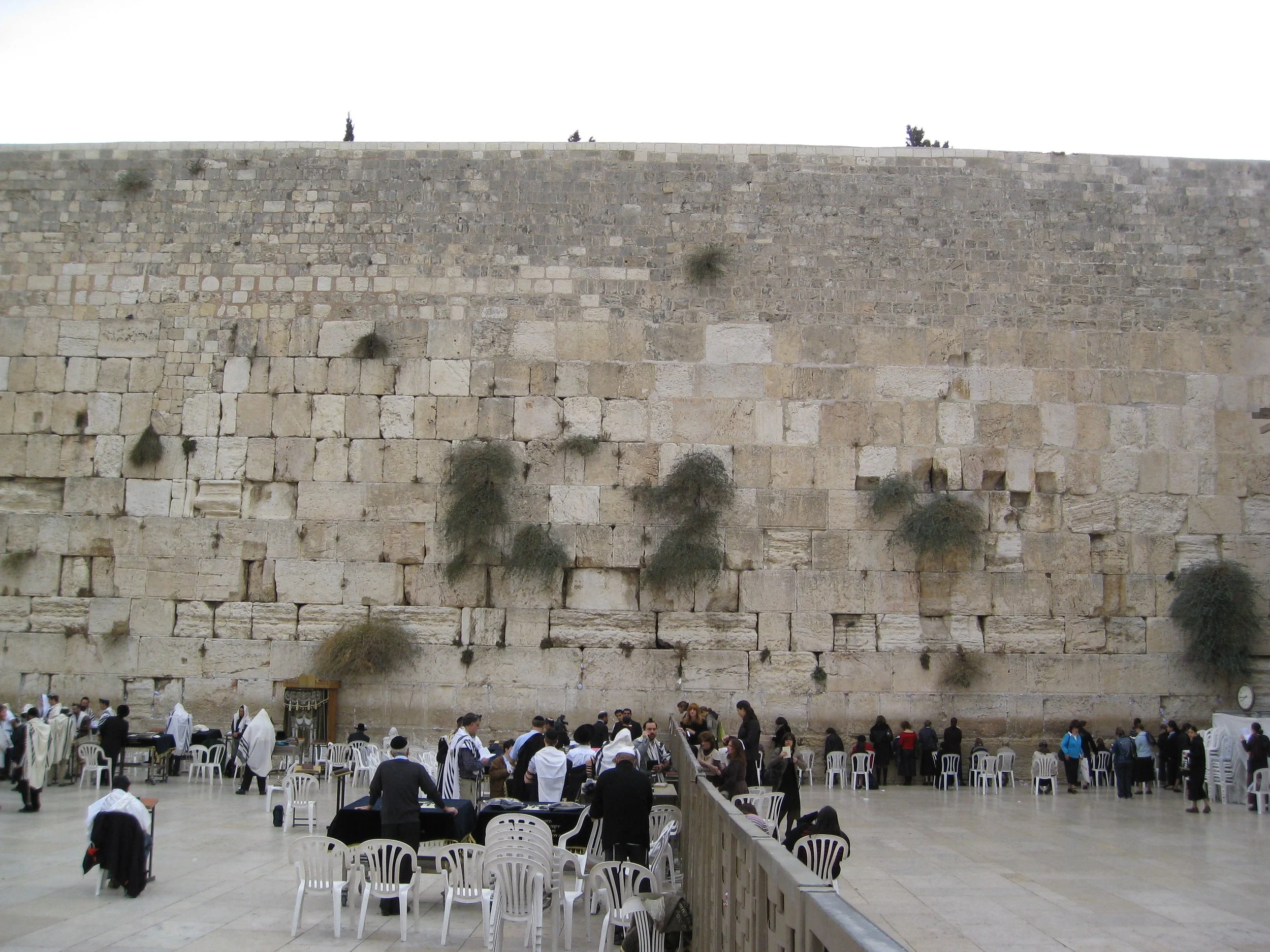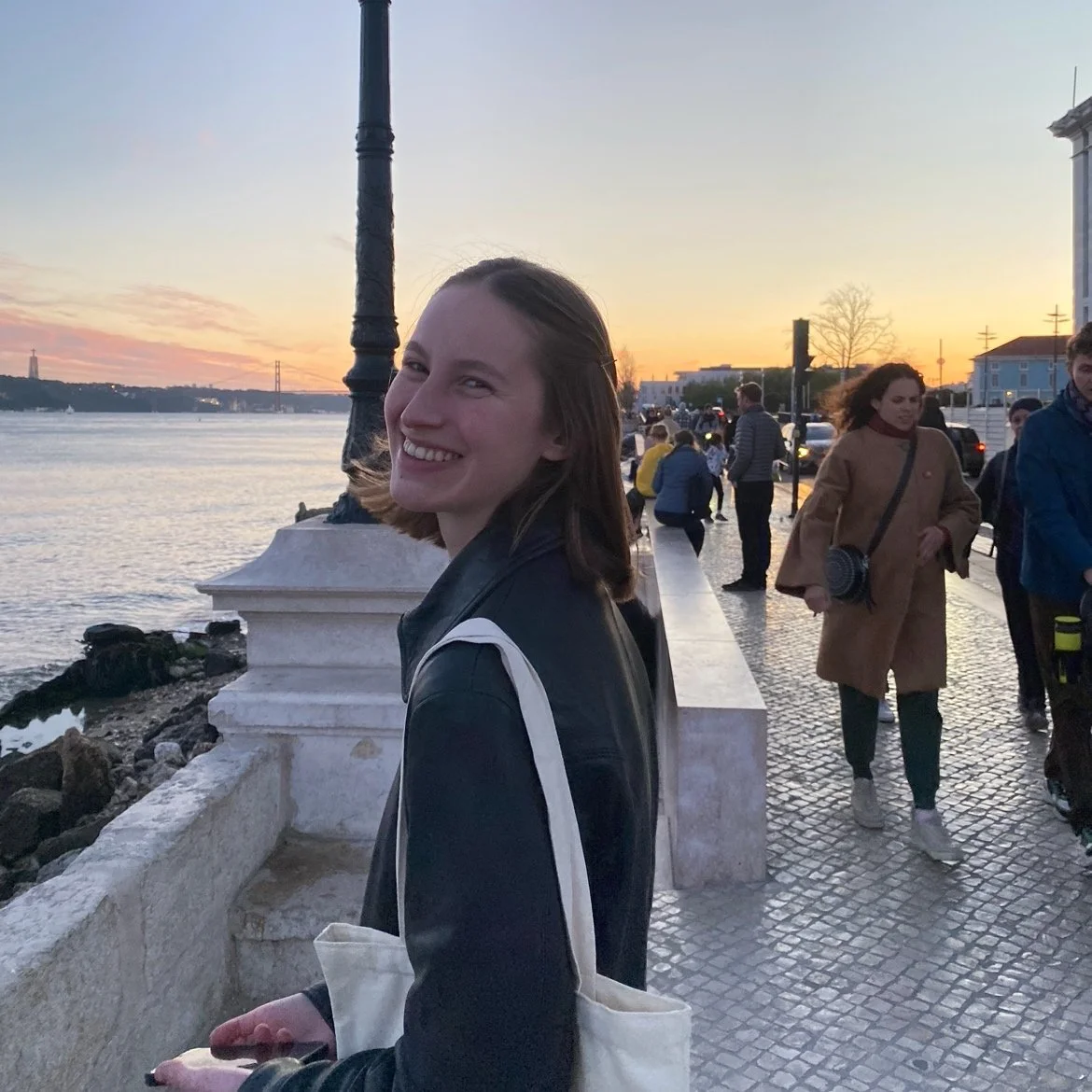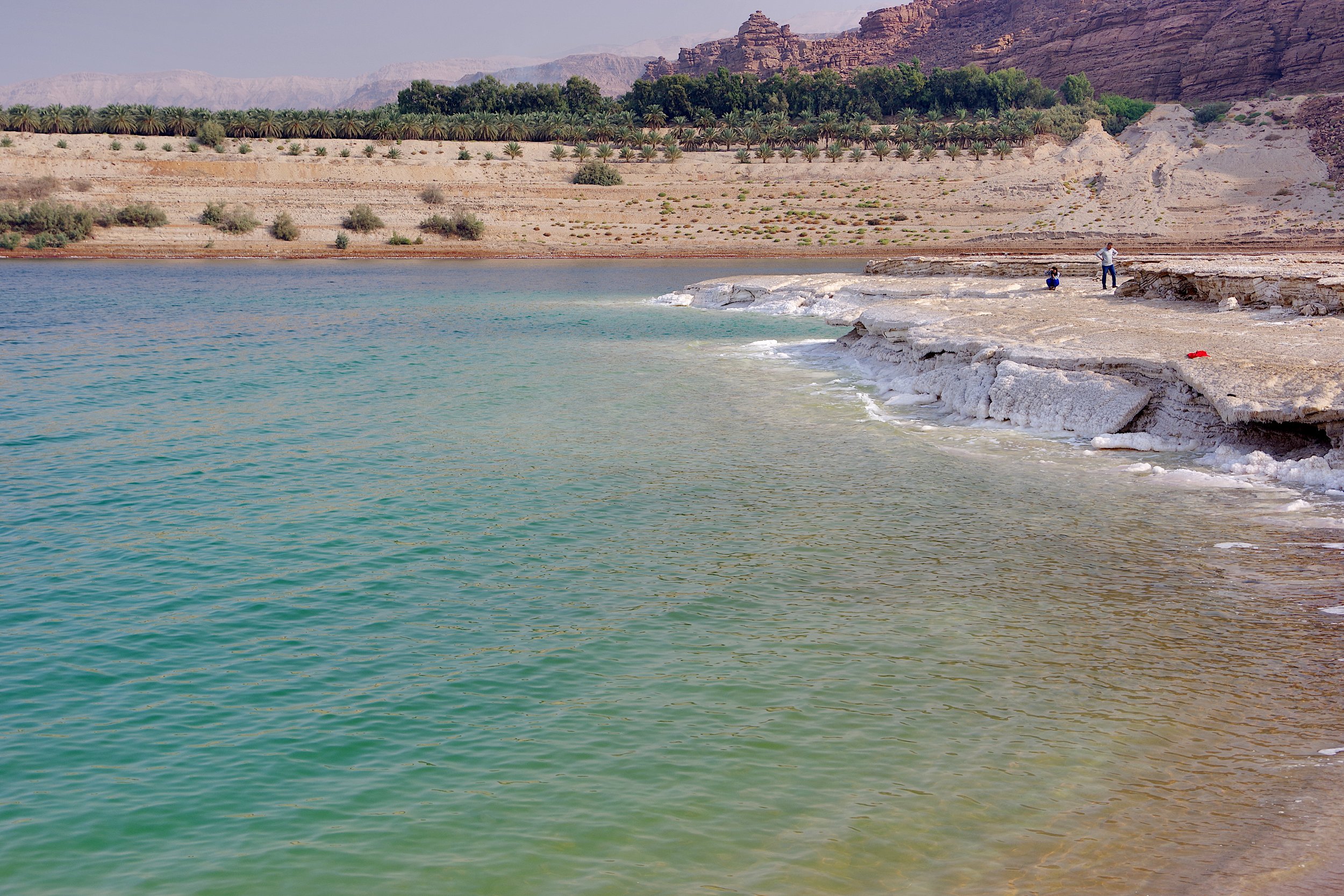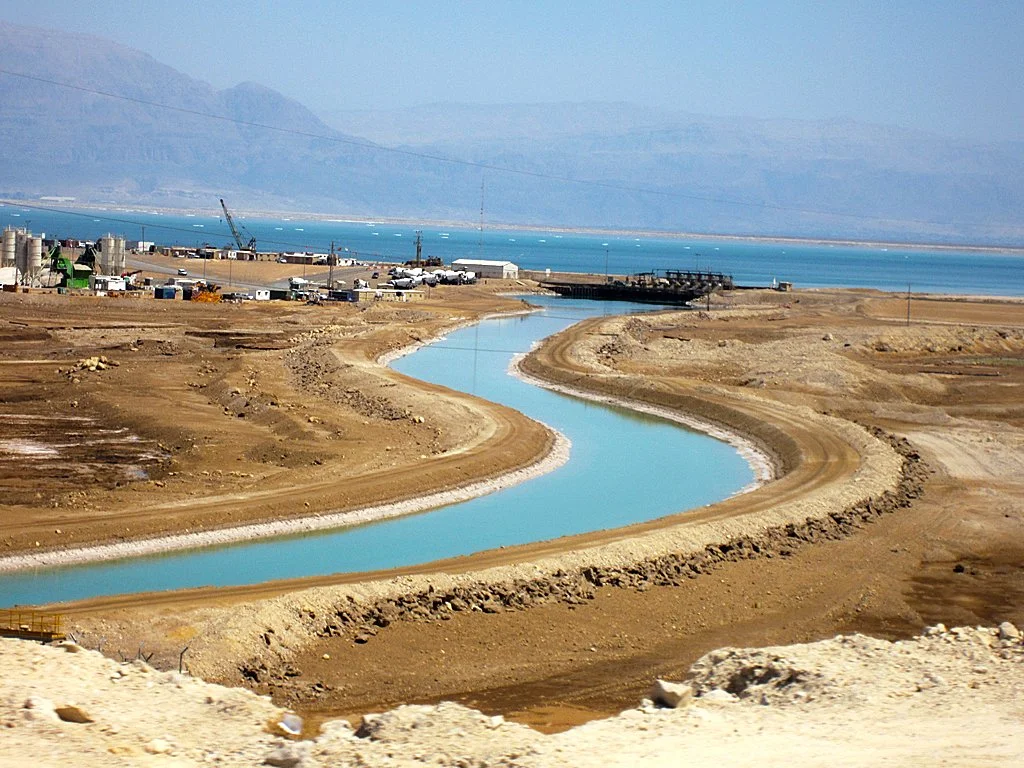One year after the Oct. 7 attacks, Israel and Palestine’s respective travel landscapes reveal just how differently the two countries are experiencing the ongoing war.
A street vendor in Jerusalem. Ronen Marcus. CC BY 4.0
Boasting ancient holy sites like the Western Wall and natural attractions like the Dead Sea, Israel brands itself as a popular travel destination for both the spiritual and the secular tourist. In 2023, the Israeli Ministry of Tourism reported over 32 million travelers. Palestine, meanwhile, saw 2.5 million visitors between January and early October 2023, according to the Palestinian Ministry of Tourism and Antiquities. While disparate, these numbers reflect a larger pattern in the long history of travel to the region.
Before the Zionist movement (an effort to create a Jewish state through colonization) emerged in the late 19th century, trips to historic Palestine, “the Holy Land,” were almost exclusively religious in nature. After several failed attempts to create a Jewish state, Zionists set their sights on historic Palestine due to the area’s alignment with the biblical land of Israel. To bolster their efforts, Zionists turned to tourism, recognizing that travel to Palestine could help boost immigration and help establish a Jewish presence in the majority-Arab region. Further, Zionists gathered that if they kept promoting tourism, they could perhaps convince secular visitors that this Jewish presence was inherently more valuable and historic, thereby granting it a perception of legitimacy and therefore protection. Desiring to entrench themselves in Palestine, Zionists spent the early 20th century advertising access to biblical Jewish sites, propaganda that continues to prove effective even after Israel’s establishment in 1948.
Posters promoting travel to historic Palestine. (L) 1936. (R) 1940s. CC BY 4.0
Israel enjoys a lucrative tourism industry, seeing more than 32 million travelers and $5 billion in revenue in 2023 alone, according to the Israeli Ministry of Tourism. However, following the immediate aftermath of the Oct. 7 attacks, these numbers plummeted. Flights to Israel were canceled as international airlines and government officials raised safety and security concerns. Traveler rates dropped accordingly. “When the war began, everything stopped,” Israeli tour guide Moshe Benishu said, as reported by The Jerusalem Post. “Not a single tourist arrived in Israel.” Reuters reported 99,000 traveler entries to Israel for the rest of October 2023 and just 39,000 that November. To put this slump into context, the number of monthly entrants into Israel before Oct. 7, 2023, averaged above 300,000.
In recent months, Israel has seen its traveler rates partially recover, tallying 68,100 tourist entrants in February 2024 and 79,500 in March. “Since the beginning of 2024, 400,000 tourists entered the country,” Keren Setton reported for The Media Line in May 2024. During the same January-May period in 2023, Israel saw two million entrants. But still, the monthly rates of 2024 so far mark an increase compared to the last quarter of 2023. “We Israelis are good at reinventing ourselves,” Benishu said. Slowly but surely, things are returning to form in Israel. The same cannot be said for Palestine.
Since the onset of the war, Palestine’s territories, the Gaza Strip and the West Bank, (both occupied by Israel since 1967) have been devastated with next-to-no reprieve. As of Sep. 29, 2024, Palestinian health authorities have attributed more than 41,500 Palestinian deaths to Israel’s air and ground campaign in Gaza alone, though violence in the West Bank has spiked as well.
Casualties in Gaza. Saleh Najm and Anas Sharif. CC BY 4.0
Infrastructure, too, has been decimated in Palestine. With hospitals, water/electric systems, houses and schools reduced to rubble, entire Palestinian communities have been destroyed and families killed in scores. As David Leonhardt summarized for The New York Times, “Israel has dropped 2,000-pound bombs on densely populated neighborhoods” with little consideration for less fatal alternatives.
Destruction in Gaza. Saleh Najm and Anas Sharif. CC BY 4.0
As mentioned previously, the West Bank enjoyed a burgeoning tourism industry before Oct. 7. Despite Israel’s control over the flow of travelers, the Palestinian Ministry of Tourism and Antiquities still reported 2.5 million visitors to the occupied enclave between January and early October 2023. Since then, however, the West Bank has not been able to recoup even 1% of this number, with the region’s tourism sector currently experiencing losses of around $2.5 million every day. In Bethlehem especially, where “tourist dollars” are “the cornerstone” of the economy, according to Haaretz, the financial hit has severely strained people’s livelihoods. “Life has been hell,” said Palestinian merchant Mahmoud Falah Sleiman. “The situation was bad even before the war started, but it was better than now. We were able to pay for electricity, food, water.”
In the Gaza Strip, tourism has been virtually nonexistent since 2007 — a consequence of Israel’s land, air and sea blockade imposed after Hamas took root there. Before Israel’s occupation of the region in 1967, Gaza was a hotspot for traveling Egyptians and Lebanese merchants. But after 1967, and especially since the 2007 blockade cut off food, water and humanitarian aid from Gaza’s two million citizens, (conditions some have likened to “collective punishment” and an “open air prison”) there’s been next-to-no tourism. Given the mass destruction of life and infrastructure in Gaza since Oct. 7, there won’t be anytime soon.
Bella Liu
Bella is a student at UC Berkeley studying English, Media Studies and Journalism. When she’s not writing or working through the books on her nightstand, you can find her painting her nails red, taking digicam photos with her friends or yelling at the TV to make the Dodgers play better.

